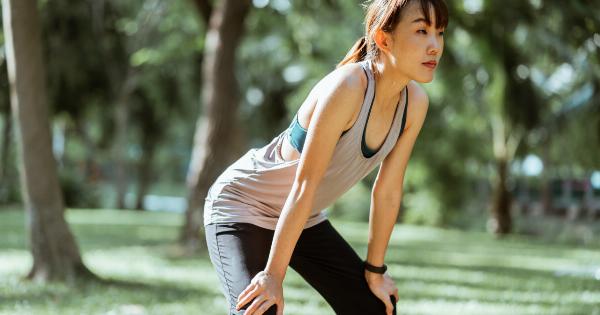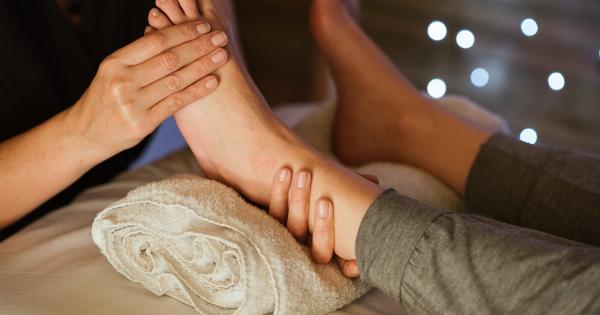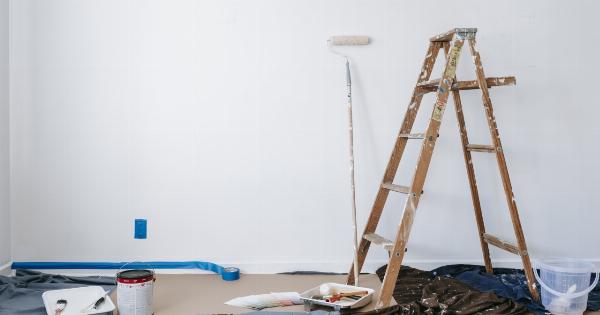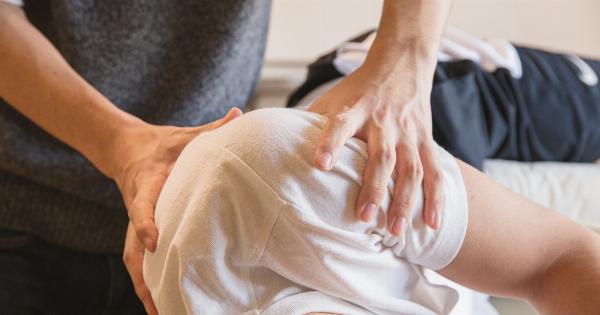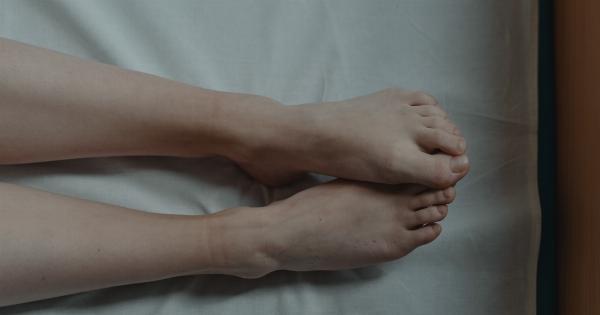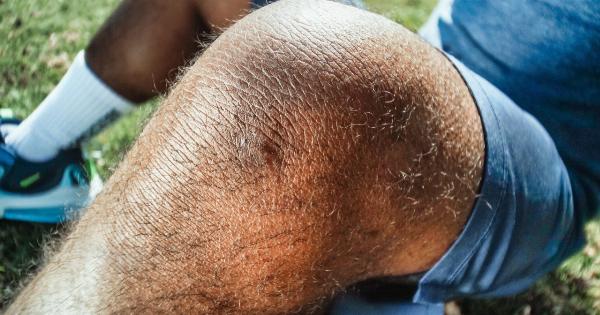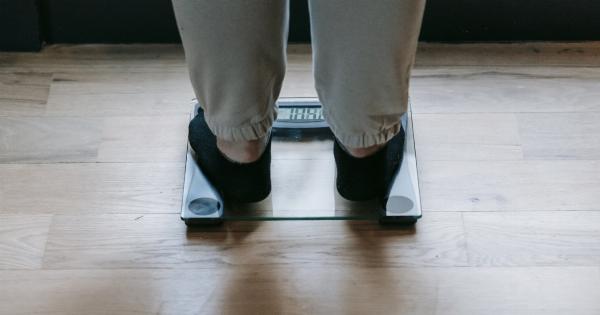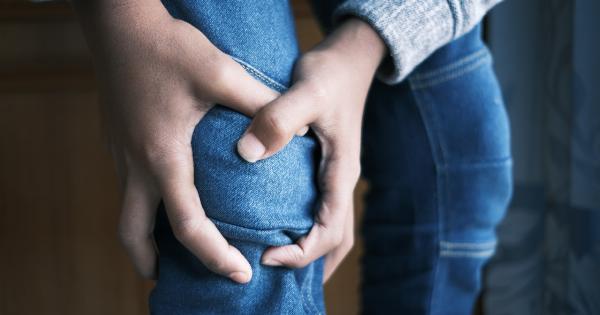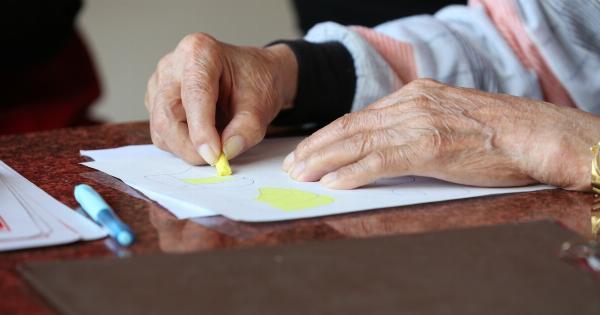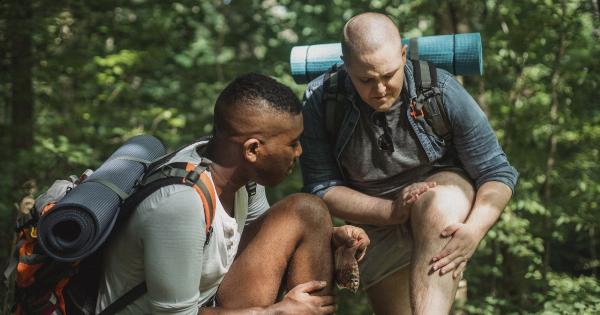Runner’s knee is a common injury among runners, but did you know that it can also affect people who don’t run? Runner’s knee, also known as patellofemoral pain syndrome, occurs when there is pain around or underneath the kneecap.
This pain can be caused by a number of factors, including overuse, muscle imbalances, and injury. In this article, we’ll explore the essential information you need to know about runner’s knee, even if you’re not a runner.
Symptoms
The most common symptom of runner’s knee is pain around or underneath the kneecap. This pain may be mild or severe and may be accompanied by a clicking or popping sound when bending or straightening the knee. Other symptoms may include:.
- Swelling or stiffness around the knee
- Weakness or instability in the knee
- Pain when going up or down stairs
- Pain when sitting for long periods of time
Causes
Runner’s knee can be caused by a variety of factors, including:.
- Overuse: Doing repetitive activities that involve the knee, such as running, can cause irritation and inflammation in the knee joint.
- Muscle imbalances: Tight or weak muscles around the knee can put extra stress on the kneecap, which can lead to pain.
- Injury: A direct blow to the knee or a fall can damage the structures around the knee and cause pain.
- Flat feet: People with flat feet may have an altered gait that puts extra stress on the knee joint.
Diagnosis
If you’re experiencing knee pain, it’s important to see a healthcare provider for a proper diagnosis. Your provider will likely ask you questions about your symptoms and medical history and perform a physical exam of your knee.
They may also order imaging tests such as an X-ray or MRI to rule out other conditions.
Treatment
The treatment for runner’s knee depends on the cause and severity of the pain. Some common treatments include:.
- Rest: Taking a break from activities that cause knee pain can help reduce inflammation and promote healing.
- Ice: Applying ice to the knee for 15-20 minutes at a time can help reduce swelling and pain.
- Physical therapy: Strengthening and stretching exercises can help correct muscle imbalances and improve knee function.
- Bracing: Wearing a brace or support sleeve around the knee can help provide stability and reduce pain.
- Medication: Over-the-counter pain relievers such as ibuprofen can help reduce pain and inflammation.
Prevention
There are several things you can do to prevent runner’s knee, including:.
- Wear proper shoes: Make sure you wear supportive shoes that fit properly to help absorb shock and reduce stress on the knee.
- Warm up: Always warm up before exercise to help prepare your muscles for activity.
- Stretch: Stretching before and after exercise can help improve flexibility and prevent muscle imbalances.
- Gradually increase activity: Avoid doing too much too soon when starting a new exercise program. Gradually increase activity levels to help prevent overuse injuries.
- Cross-train: Incorporate different types of exercises into your routine to help reduce stress on the knee. For example, try swimming or cycling instead of running every day.
When to See a Healthcare Provider
If you’re experiencing knee pain, it’s important to see a healthcare provider for a proper diagnosis and treatment plan. Seek medical attention if:.
- Your knee pain is severe or does not improve with rest
- You have difficulty walking or standing
- You have swelling or redness around the knee
- You have a fever
Remember, even if you’re not a runner, you can still develop runner’s knee. By understanding the causes, symptoms, and treatment options for this condition, you can take steps to prevent and manage knee pain.

